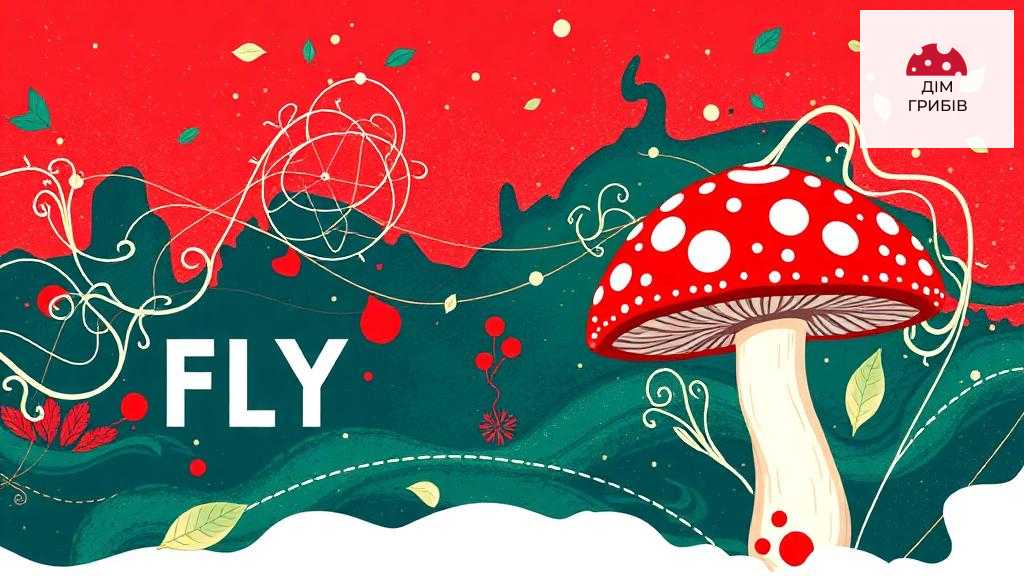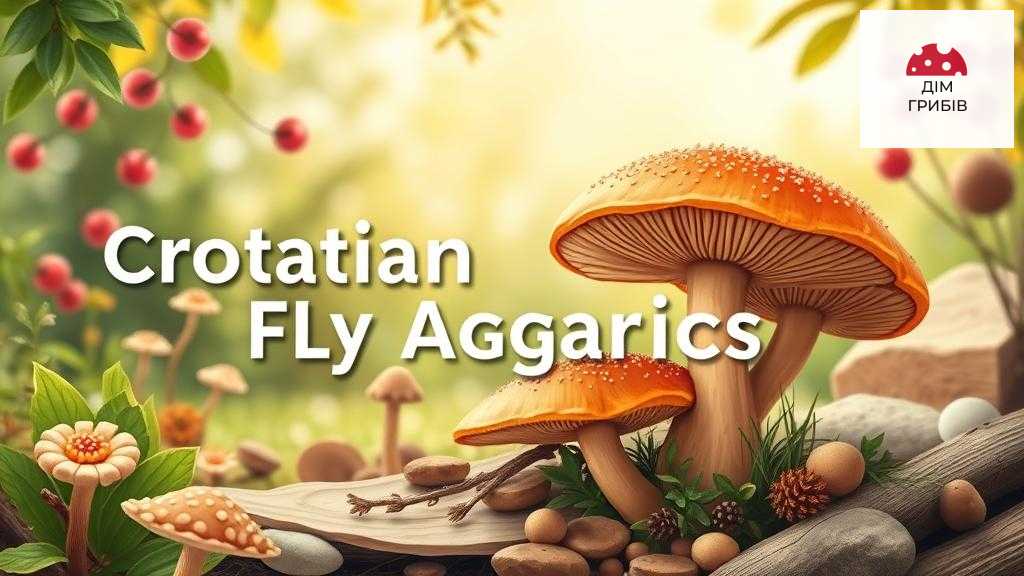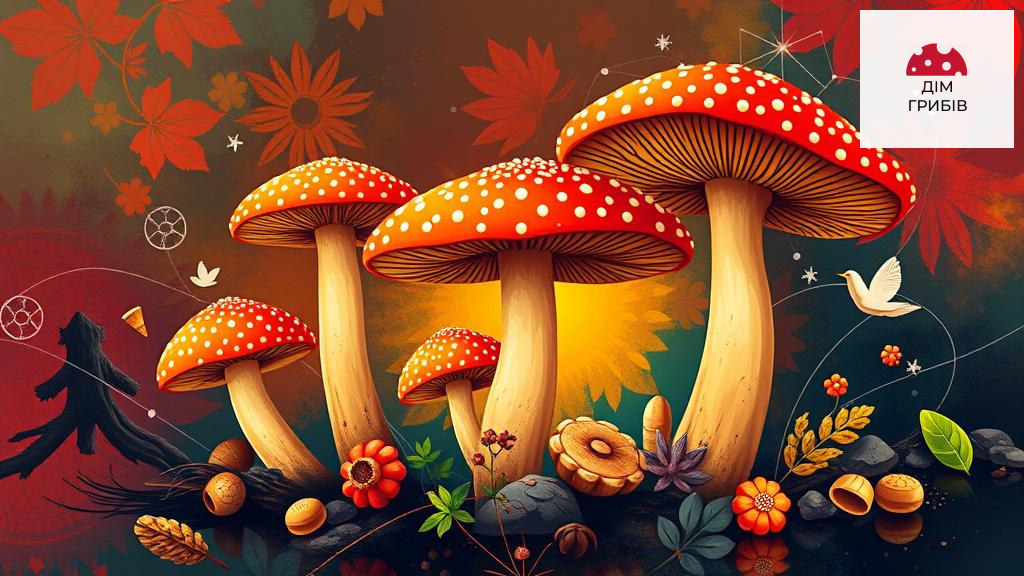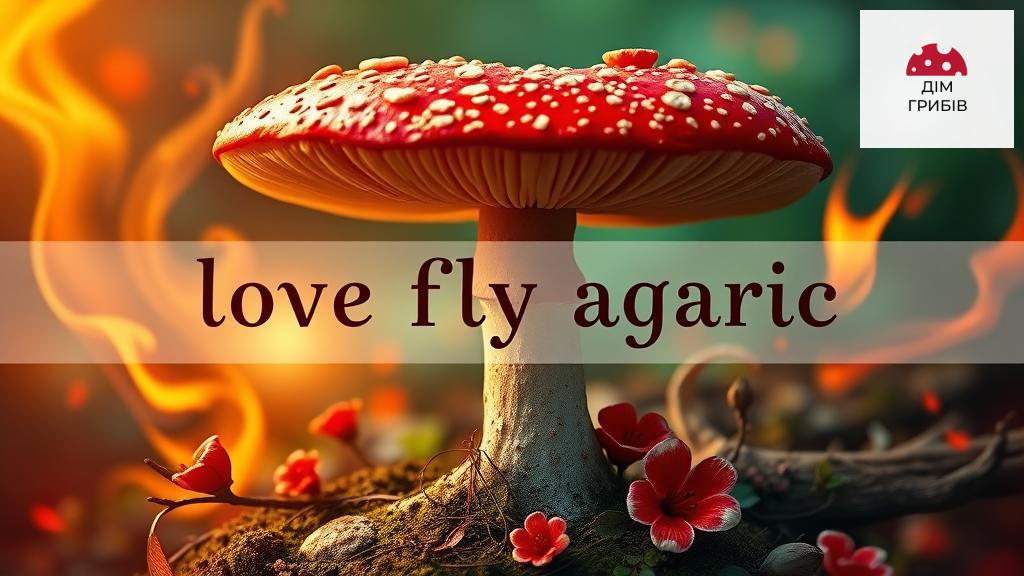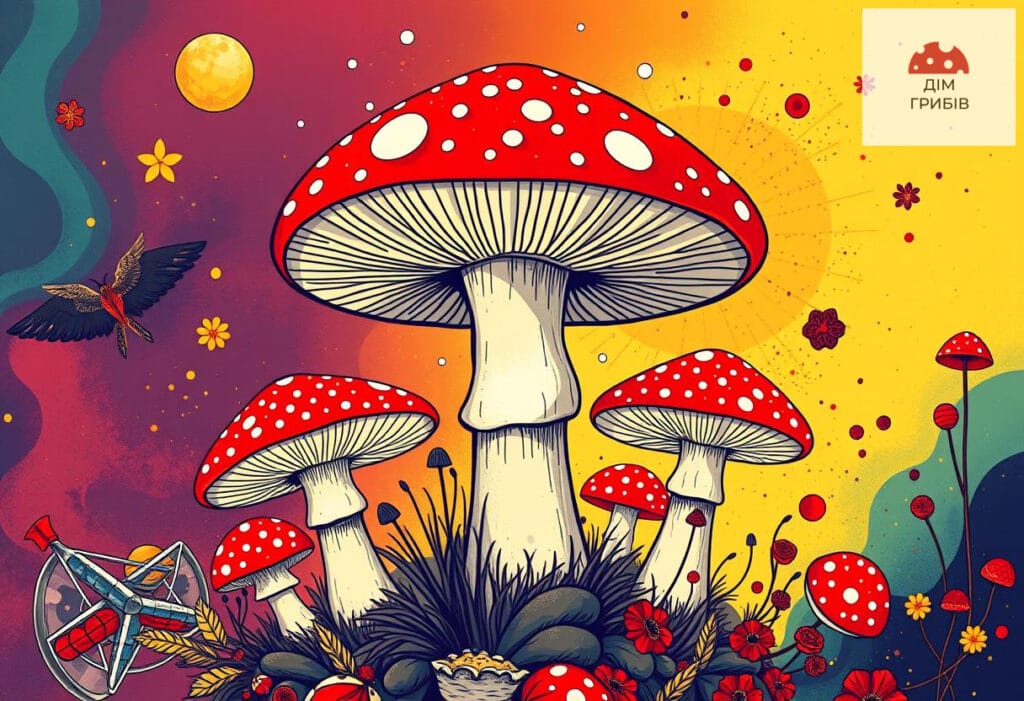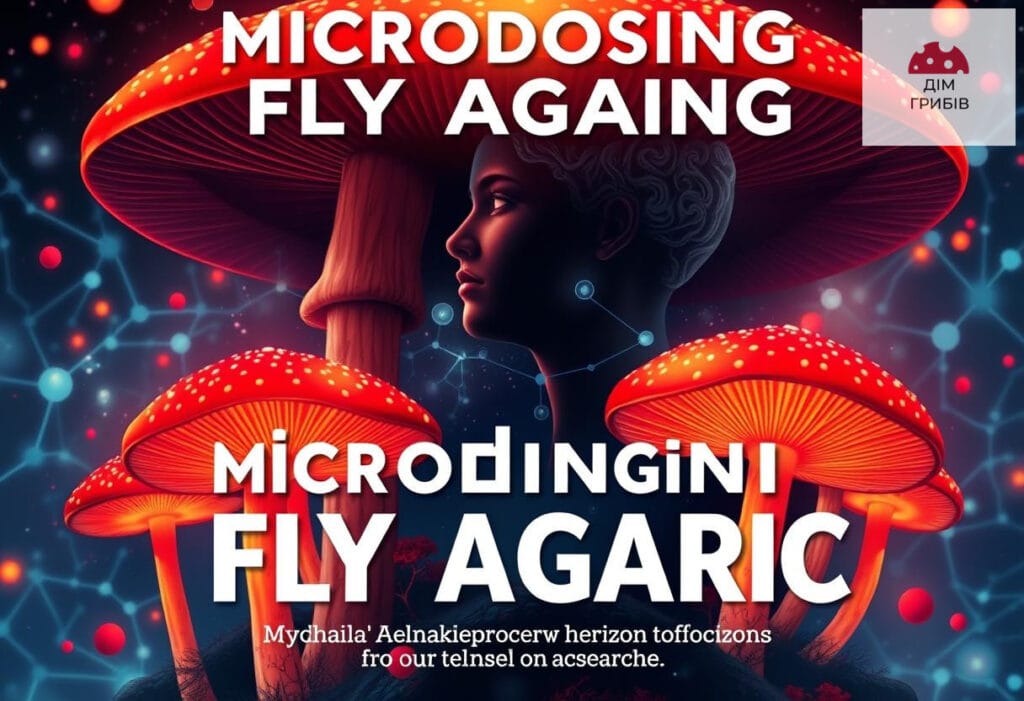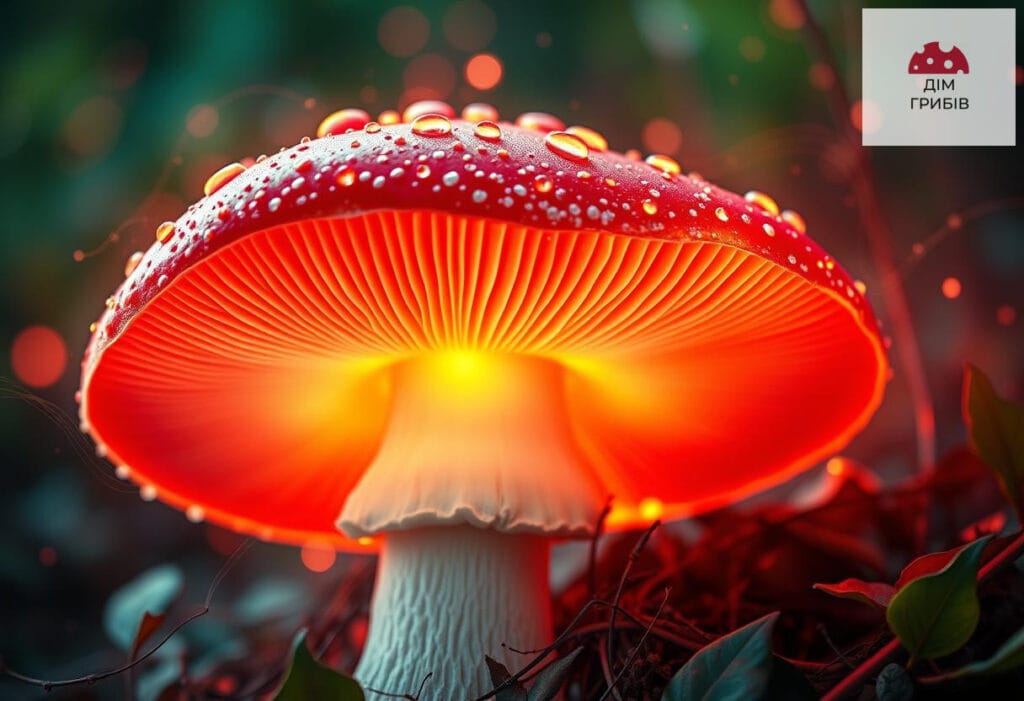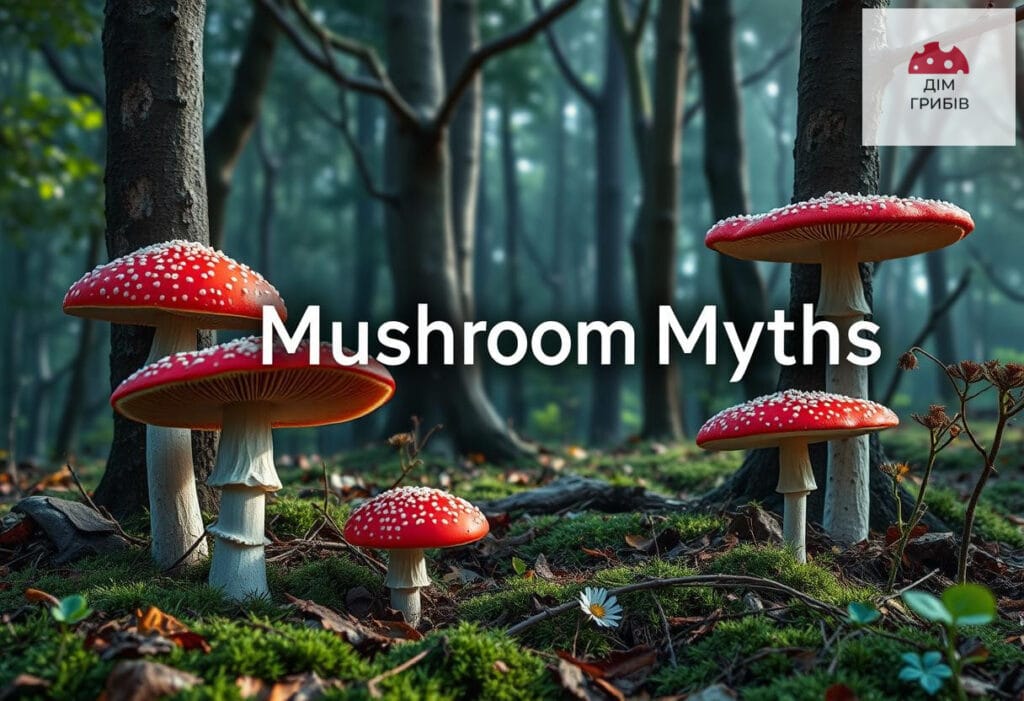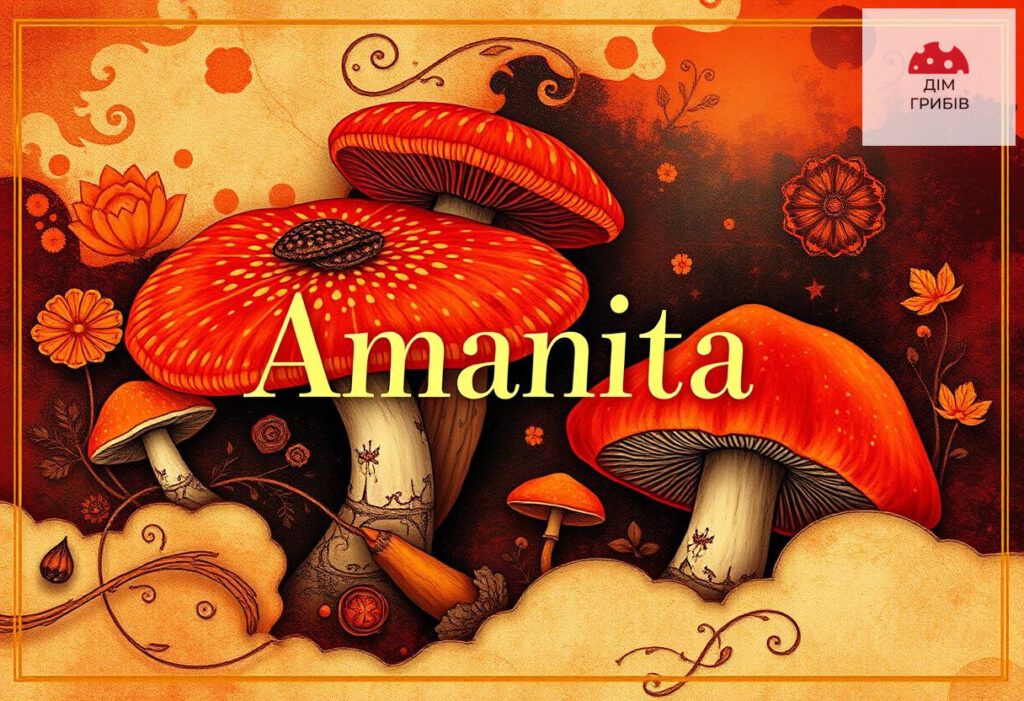Amanitas as symbols: 9 interesting facts that will not leave you indifferent!
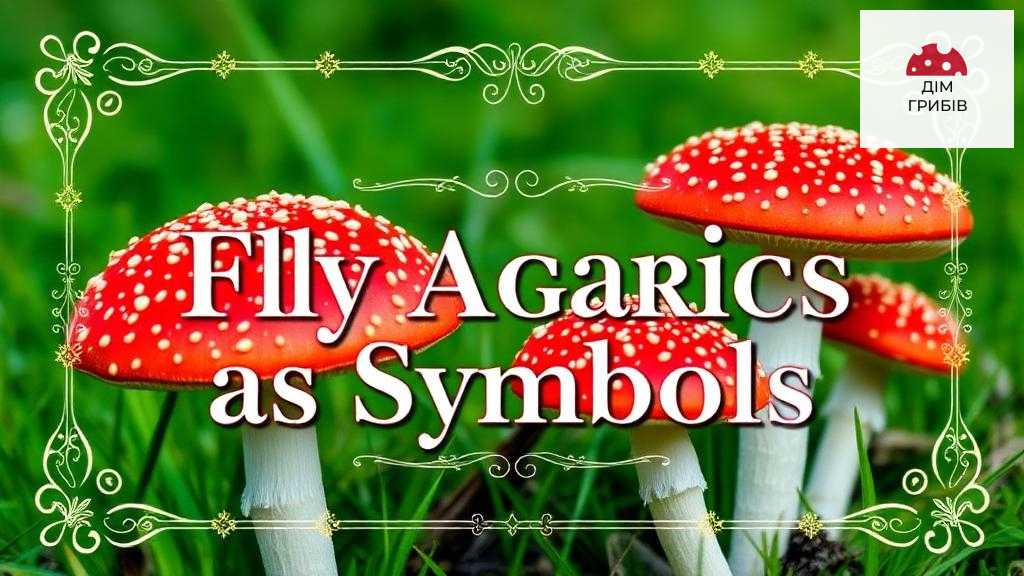
Introduction
Amanita muscaria, as symbols, occupy an important place in Ukrainian culture and nature. These mushrooms, due to their bright appearance and unique properties, have become not only the subject of research, but also a source of inspiration for folk art, art and healing. In this article, we will consider how amanita muscaria symbolizes various aspects of life in the culture of different peoples, as well as their significance in the modern world. From Ukrainian folklore to modern medical research, amanita muscaria covers a wide range of topics that are worth exploring in detail.
In addition to theatrical performances and mythology, fly agarics have a complex botanical nature and dangerous, but interesting medical properties. The purpose of this article is to conduct a detailed analysis of fly agarics as symbols, their role in folk culture, art, science and modernity. Section by section we will try to find out why these mushrooms have become so influential in our minds.
Chapter 1: Amanitas in Folk Culture
Myths and legends about fly agaric
In Ukrainian folklore, fly agarics have a unique place in myths and legends. They are most often depicted as mushrooms that can give people magical powers. For example, in some stories they act as protectors of the forest, protecting animals and plants from evil spirits. In ancient rites, they are often associated with rituals for the arrival of spring or rites aimed at improving the harvest.
Similar symbols can be found in other cultures around the world. For example, in Japanese culture, fly agarics are often considered a symbol of death and reincarnation, as their nature has the ability to regenerate after winter. Such comparisons allow us to understand how powerful fly agarics are as symbols in different cultures.
The symbolism of fly agarics in traditional holidays
Among the traditions of Ukrainians there are rituals in which fly agarics play a crucial role. In some regions of Ukraine they are used during rituals related to the harvest. For example, on the holiday of Ivan Kupala, townspeople bring fly agarics as a gift to the spirits of nature, hoping for their protection in the coming year. These mushrooms, due to their bright beauty, act as a symbol of fertility and rebirth.
Thus, fly agarics not only symbolize the connection between people and nature, but also serve as a unifying element for the community. Their use in rituals is not just a custom, but also a tradition that is passed down from generation to generation. This also emphasizes the importance of the spiritual component in people's lives.
Chapter 2: Amanitas in Art and Literature
Fly agarics in painting
In painting, fly agarics have their own originality and symbolism. Famous Ukrainian artists, such as Oleksandr Murashko, have depicted them in their works, emphasizing the contrast between their beauty and danger. The symbolism of visual images often includes elements that hint at the double meaning of fly agarics: on the one hand, it is the beauty of nature, and on the other, a potential threat to humans.
For example, in paintings, images of fly agarics are often combined with images of hidden dangers, leading to reflections on human perception of the natural world. This play of opposites makes the red caps of fly agarics a striking element in the painting.
Literary allegories and metaphors
In literature, fly agarics are often used as allegories, transforming them into metaphors for danger, beauty, and mystery. In poetry, for example, they are mentioned as symbols of important moments in a person’s life. They can be found in the poems of Ukrainian authors such as Taras Shevchenko, who used these mushroom images to emphasize the complexity of human nature.
| Author | Work | Context of the use of fly agarics |
|---|---|---|
| Taras Shevchenko | Kobzar | A symbol of dangerous beauty |
| Lina Kostenko | March | Allegory of nature and its influence on man |
| Grigory Skovoroda | Garden of Divine Songs | A metaphor of wisdom and temptation |
In addition to Ukrainian literature, fly agarics are also found in world classical literature. The discovery of their mystery and symbolism allows authors to convey complex emotions and thoughts. Thus, fly agarics become not just an element of nature, but a real cultural phenomenon.
Chapter 3: The scientific aspect of fly agarics
Botanical characteristics of fly agarics
Amanitas, members of the Amanitaceae family, come in many species, each with its own unique characteristics. The most famous is the red fly agaric (Amanita muscaria), easily recognizable by its bright red cap with white spots. These mushrooms play an important role in ecosystems: they actively attract insects, which ensure their spread and the health of the forest.
Other species of fly agaric include the yellow fly agaric (Amanita citrina) and the panther fly agaric (Amanita pantherina). These species have their own specific characteristics, which makes them unique for study in botany and ecology. It is important to note that fly agarics actively participate in symbiosis with the trees on which they grow, increasing their nutritional value.
Toxicity and medical properties
Amanita muscaria is known for its toxicity, which is of interest to the scientific community and doctors. There are myths that amanita muscaria has medicinal properties, but their use in medicine requires caution. For example, some species of amanita muscaria are used in folk medicine to treat certain diseases, but their use has its own risks. Below is a table illustrating the known species of amanita muscaria and their effects on the body:
| A species of fly agaric | Toxicity | Use in medicine |
|---|---|---|
| Amanita muscaria | High | Floral tinctures in alternative medicine |
| Amanita pantherina | High | Not recommended, potentially dangerous |
| Amanita caesarea | Medium (nutritious type) | Edible, high nutritional value |
Studies show that some of the components of fly agarics may have medicinal effects, but require careful dosage selection and consultation with professionals. For this reason, it is important to have access to reliable sources of information to avoid mistakes in the use of fly agarics.
Chapter 4: Amanitas in Modern Culture
Fly agarics in popular culture
In popular culture, fly agarics have gained widespread recognition through films, games, and anime. They are often depicted as fantasy elements representing alternative worlds. For example, in video games, characters often find these mushrooms to enhance their abilities or cure them, which emphasizes their unconventional properties. There is also a trend towards mixing mushrooms with futuristic motifs, which adds novelty to the cultural context.
Over the past few years, fly agarics have become a huge trend in fashion and art. Many designers use their images in their collections, emphasizing their unusualness and beauty. Such popularization of fly agarics testifies to their influence and appeal to a wide audience.
Trends in design and fashion
Today, fly agarics are actively introduced into graphic design. They are used to create illustrations, logos, posters, which adds an unusual flavor to the creative process. Many brands also use fly agaric motifs in their products, from textiles to accessories. For example, clothing and accessories with their images are in demand among young people, which indicates a constant interest in mushroom motifs in culture.
Thus, fly agarics become not only symbols of nature, but also part of modern aesthetics, which embraces the latest trends, such as mixing elements of nature and abstraction. There is an interesting trend of using fly agarics in the context of cosplay culture, where their images become elements of characters, emphasizing their magical nature.
Conclusion
Thus, fly agarics as symbols have a multifaceted meaning in culture, art, science and modern life. Their use in folk culture and art testifies to their role in shaping the identity of nations and peoples. Considering all the complexity of their natural and cultural aspects, it can be argued that fly agarics will remain in people's minds as symbols of beauty, danger and mystery.
If you are interested in more information about fly agarics and their role in treatment, we invite you to read the articles about Montenegrin fly agarics: natural treatment of diseases and Serbian fly agarics: treatment, natural help in our store's blog. You can find a large selection of mushrooms and products made from them in the store Mushroom House. For more detailed information, please contact us, we are always happy to help!
